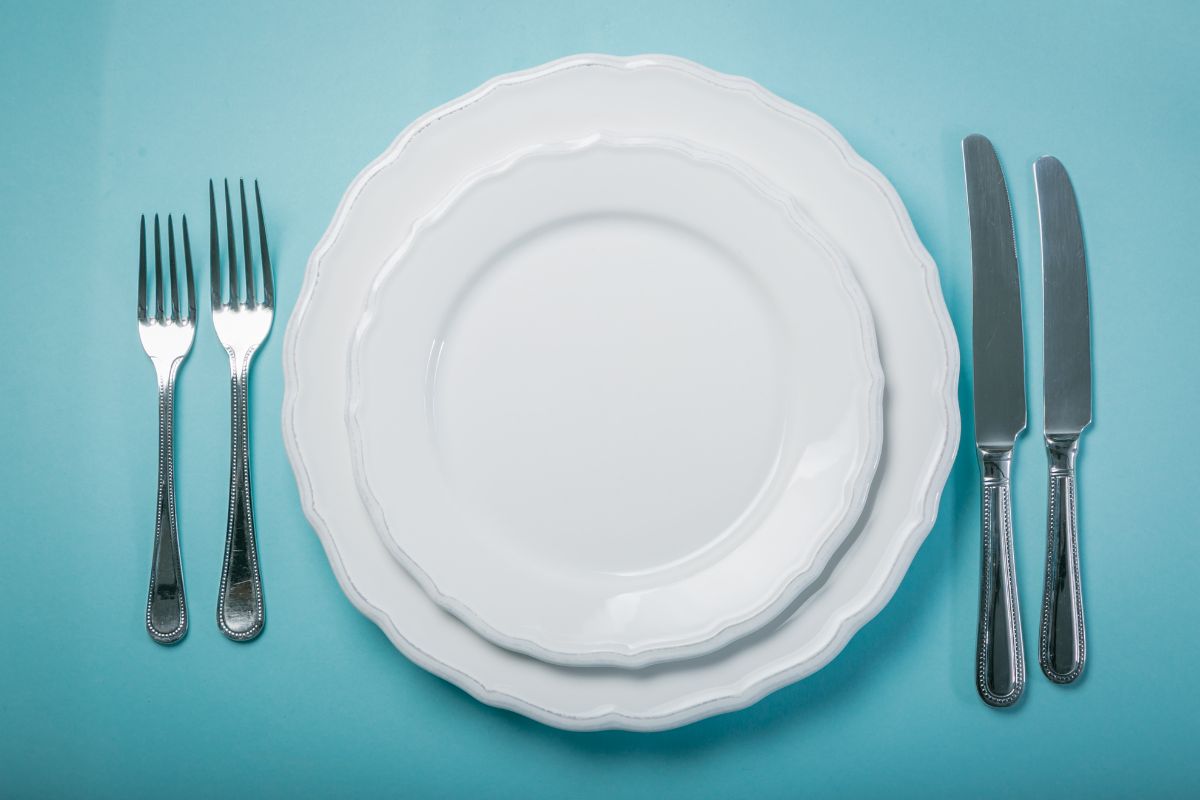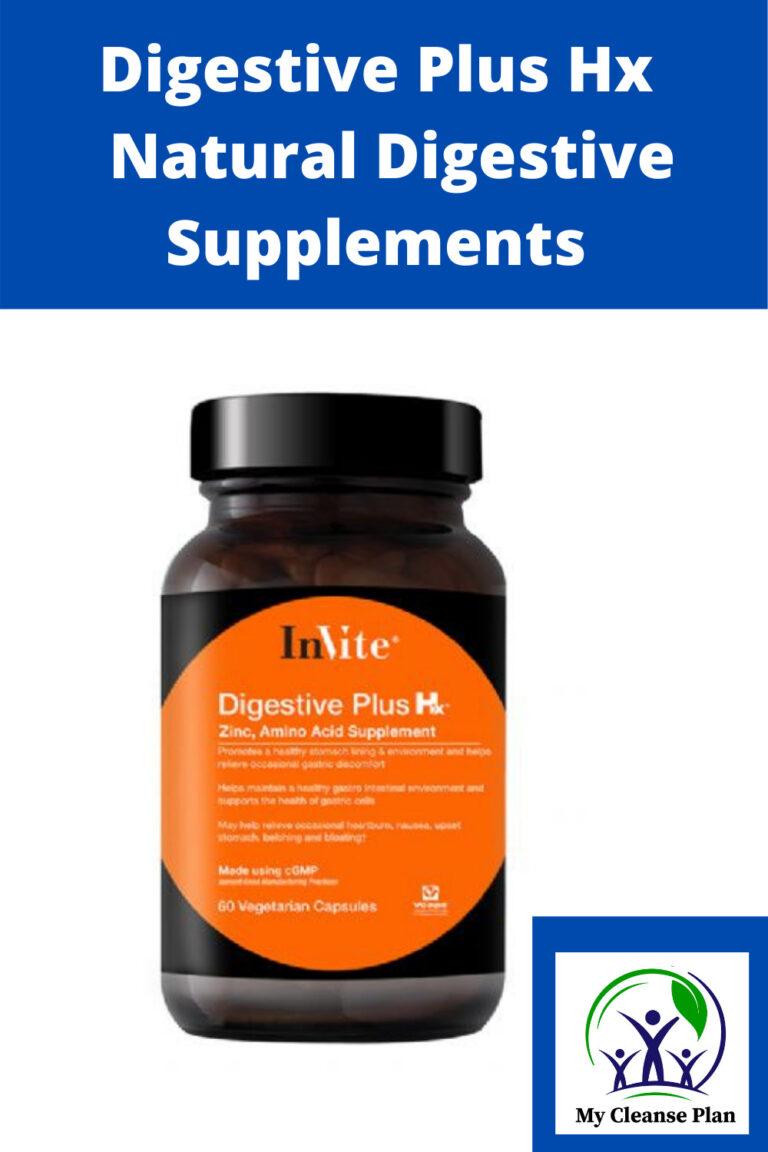What Is Dry Fasting And How To Do It
In the modern day, there are lots of different detox plans and diets to follow if you are interested in your personal health and well-being. All of these different plans and diets come with health benefits, and that is why most people take part in them.
One detox plan that has existed for centuries is fasting. Fasting is something that has happened for many years, and every year Muslims will fast during Ramadan for 30 days in line with their religion.
But many people choose to fast at different times of the year, regardless of their religion.
In this guide, we’re taking a look at a type of fasting known as “dry fasting” to find out exactly what it is, how it works, and what the benefits are of this detox plan. So, if you want to find out more about dry fasting, keep on reading!
What Is Dry Fasting?
First things first, let’s take a look at what dry fasting is. Well, dry fasting is a type of fasting that not only involves abstaining from eating for a certain time period but also from drinking anything.
It essentially takes a regular fasting plan one step further as your body will not be consuming anything during the time window.
Dry fasting follows a very similar format to the type of fasting that Muslims partake in during Ramadan. During Ramadan, Muslims will abstain from eating and drinking anything from dawn to dusk.
It is this practice that has formed the basis of dry fasting that other people partake in throughout the year.
During a dry fasting period, you will decide on a fasting window. The fasting window is essentially the amount of each day that you will go without eating and drinking.
If you are looking for a short-term fast, then you may choose a fasting period of 12 hours. If you follow this plan, then it is recommended that your fasting plan should not last for longer than 6 days.
In contrast, if you decide on a shorter fasting period, then you will be able to continue the plan for much longer.
What Happens During Dry Fasting?
Now that we have taken a look at what dry fasting is, let’s take a look at what happens during dry fasting. This is essentially the “why” behind dry fasting, and it is the main reason why people participate in this diet plan.
When you dry fast, you are essentially starving your body of food and water for the fasting period.
During the time when your body is not digesting food or drink, it will begin to produce endogenous water, and it will also metabolize fat tissue to produce metabolic water.
Your body does this to keep your body functioning while you are not giving it any nutrients.
Endogenous water is much higher quality than the water that you put into your body when you drink it, so as this water is produced by your body, it will improve your body’s internal systems.
It will ensure that your body remains hydrated, even while you aren’t providing it with hydration, and it will help clean your body out.
Generally, dry fasting is done because it can allow your body to survive for longer periods without consuming water as dry fasting will train your body to retain water.
There are tons of health benefits associated with the body’s processes during dry fasting, and that is why many people choose to follow this diet.
How Do You Practice Dry Fasting?
As long as you are following a diet plan, then it is perfectly safe to dry fast. Most people will opt to partake in dry fasting if they already follow a fasting regime.
It is very easy to transform regular fasting into dry fasting as all you have to do is not consume any liquids during the fasting period. If you are already not eating anything, then not drinking anything won’t be too big a step.
One of the most popular dry fasting regimes that people follow includes eating and drinking as normal during the day but just restricting the number of hours that they eat and drink.
A lot of people opt to eat and drink normally within an 8-hour window and then fast for the remainder of the day and night.
It is important to note that dry fasting isn’t a method of starving your body. For this style of diet plan to work, you have to nourish your body outside the fasting window, otherwise, you will become unwell.
If you are unwell because you aren’t eating or drinking enough, then you will not feel the benefits of dry fasting. So ensure that you follow your plan safely if you want to feel the benefits.
How Long Is It Healthy To Dry Fast?
Generally, dry fasting is something that should be done in the short term, but there are lots of different plans for you to choose from.
Some people will opt to dry fast for 12 hours a day over a 6-7 day period, while others will opt to dry fast for a much longer period.
Depending on your lifestyle, there will be a different fasting plan that works best for you. So make sure you look at all the different options before you choose one.
With dry fasting, you must do it safely. There is a fine line between getting the benefits of dry fasting and making yourself unwell. So if you do choose to follow this detox plan, make sure you tread carefully.
Pros And Cons Of Dry Fasting

There are lots of different pros and cons of dry fasting that you should be aware of before you choose to follow this diet plan.
For many people, the benefits outweigh the negatives, and that is why they choose to follow it. Below are some of the main pros and cons of dry fasting.
Pros
- Weight Loss – Many people report weight loss after a period of dry fasting.
- Slows Aging – A lot of people have reported that their bodies and skin have aged slower after a period of dry fasting.
- Cleanse Your Body – Dry fasting rids your body of any badness, and can really help cleanse it, allowing your body to sustain itself better.
- Health Benefits – Many people have linked dry fasting with lower body weight, improved blood lipids, lower cholesterol, and lots more.
Cons
- Risk of Dehydration – There is a real risk of dehydration when dry fasting as you will not be consuming any liquid during the fasting period. That is why you must follow a good diet outside the fasting period.
Explore Also:
Creativehouseblog
Dietsheriff
Gigasecurehome
Summary
In short, dry fasting is a form of intermittent fasting that is modeled on religious fasting. Dry fasting requires the person following the diet not to consume any food or drink during the fasting window.
The fasting window will differ depending on the plan you are following, but it could be as long as 12 hours.
The idea behind this is that dry fasting allows your body to produce metabolic water and allows your body to keep itself hydrated. So, dry fasting will have a positive impact on how your body works and operates.
Thanks for reading!
Other Articles To Read
Can You Drink Protein Shakes While Fasting – When it comes to drinking during fasting hours, there are some liquids that are allowed and others that are not, so where does this leave protein shakes?
How To Prepare For Fasting – Tips and guidance on preparing for fasting, and what types of food to eat before and after your fast.







